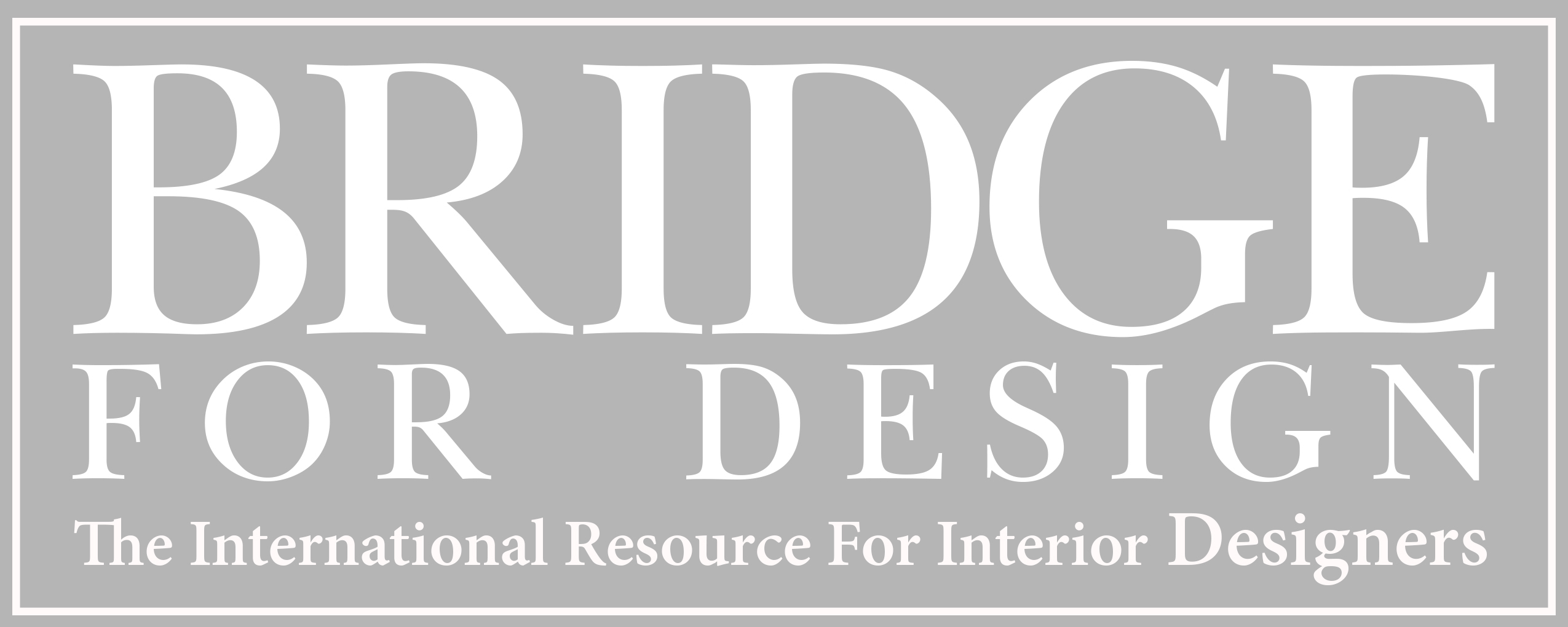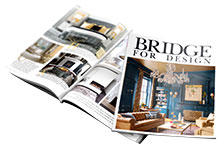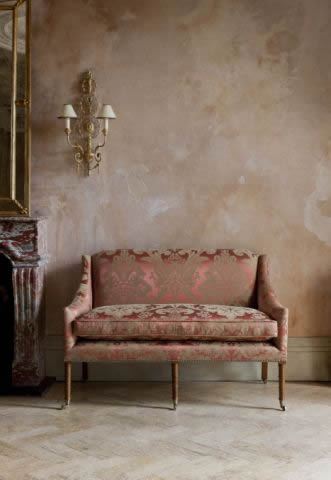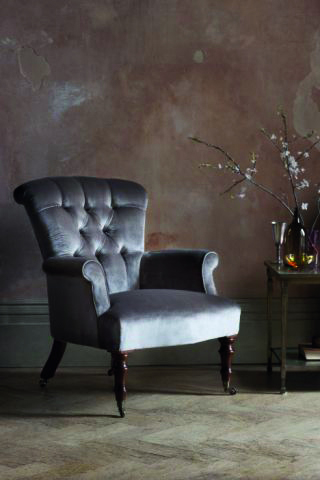At last we are starting to shake off this global gloom, and purchasers are again enjoying indulging themselves by embellishing their houses and their lives, and even being seen to spend on extravagances!
For a while, luxury went badly out of fashion; as it does from time to time. The last time it happened was in the 1990 crash, and it took five years to recover. It has happened again starting in 2008, and it has really taken until now to start to shake off the notion that “it’s fashionable to be frugal”.
For the last few years, it was not only the squeezed middle classes who were not spending. Even oligarchs and oil sheikhs, whose wealth could put Croesus to shame, battened down the hatches, curtailing all but essential personal expenditure and considering it quite inappropriate to be seen to spend extravagantly.
An air of pious Puritanism pervaded the world, even entering the realms of the super-rich. But, in the last few months, everywhere around the world, there are unmistakeable signs that people are regaining confidence and are eager to celebrate their success, and happy to be seen to do so.
"Bespoke” is a word we are hearing with increasing frequency.Nothing epitomises luxury more than having goods, services and design tailored to the individual’s own tastes and needs. This is true in Haute Couture and automobiles, in jewellery and in travel. And it is especially so in the world of Interior Design.
The English, of course can be a little diffident about where they stand when it comes to “luxury”.A little understatement is, to English taste, always paramount, and showy vulgarity is to be abhorred and avoided above all.
But real luxury is not about excess; it describes the apogee of comfort and style. Uncompromising quality and workmanship differentiates true luxury from mere excess and extravagance.
In fact, despite this commendable national restraint, many British names epitomise luxury and style.
Hardy Amies and Norman Hartnell, Vivienne Westwood, and Steve McQueen are names that vie with the topmost echelons of Paris. In the world of luxury cars, we beat even the Germans and Italians with such timeless marques as Bentley, Aston Martin, McLaren and of course Rolls Royce. Jimmy Choo, Smythsons, Harrods and dozens more all celebrate their essentially British luxury pedigree.
The entire mythology of that very British spy, James Bond, is imbued with the symbolism of luxury and style.
Luxury and adornment are not anathema to British taste. What is really important in any design, whether minimalist or extravagantly opulent, is how well it is done.
You only have to look at the great historic country houses of England and Ireland. The great land-owners wanted luxury, beauty and of course, status, and were prepared to pay for it. The rich baroque gilt-wood carving, the imported marble floors and the exquisite neo-classical ornament that filled the new grand houses could so easily have been vulgar and flashy. But the great designers, Adam and Nash and Vanbrugh, demanded the highest standards of craftsmanship and perfect proportion, and raised their gloriously embellished interiors to sublime levels.
This revived confidence in the air is providing an opportunity for renewed creativity, where demanding clients will expect bespoke products and services that are unique and theirs alone.
Designers and decorators are responding to that challenge, sourcing exciting and original products and designs that are created uniquely and exclusively for the individual clients' tastes and requirements. And their demanding and increasingly knowledgeable customers have come to expect this bespoke approach, and appreciate this heightened level of luxury.






